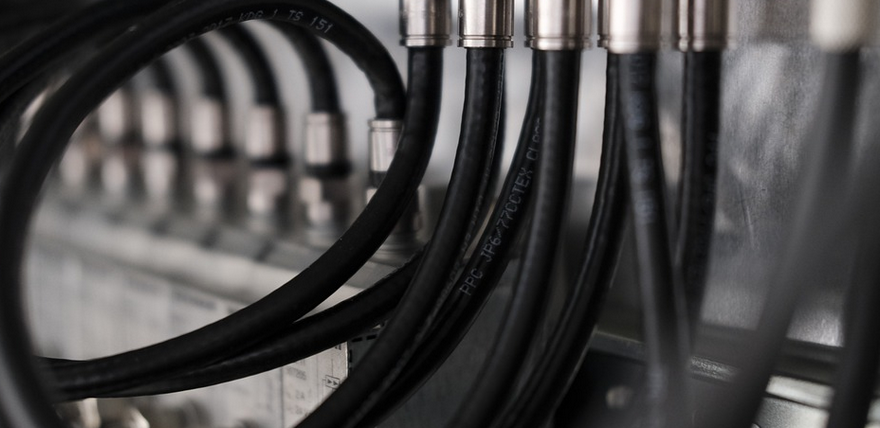Understanding the Problem
Losing transmission fluid while driving is a serious issue that can significantly impact your vehicle’s performance and longevity. This sudden loss of crucial fluid, which facilitates smooth gear changes and power delivery, can leave you stranded or even cause a complete breakdown. It’s essential to understand the underlying causes of this problem so you can address it effectively.
Transmission fluid plays an indispensable role in your vehicle’s operation. This specialized liquid is responsible for lubricating moving parts, reducing friction between gears and other components, regulating heat dissipation, and even acting as a seal against leaks. Without adequate transmission fluid, your car’s transmission suffers in numerous ways.
Imagine trying to drive a bicycle with no lubrication on the gears; it would be impossible and incredibly problematic. Similarly, without sufficient transmission fluid, your vehicle’s internal components will grind against each other, leading to overheating, wear, and tear. This can result in costly repairs down the line.
Identifying the Cause of Fluid Loss
The primary cause of transmission fluid loss is a leak, either an external leak or a hole developing within the transmission itself. External leaks often occur near the pan, around the filter housing, or at the connection points where lines connect to your vehicle’s transmission.
Internal leaks can be more difficult to detect as they may not show visible signs of damage. If the leak originates from inside the transmission, it could signal a catastrophic failure. These internal leaks often leave trails of fluid in your car’s underbody area, creating an oily residue that is challenging to miss.
Understanding the type of fluid loss will help you narrow down your investigation. A slow drip may indicate a worn-out seal or gasket, while a sudden gushing leak could point towards damage to a critical system component. It’s crucial to address this issue promptly as it can lead to more significant and costly problems if not resolved.
Causes of Transmission Fluid Leaks:
Several factors contribute to transmission fluid leaks in modern vehicles, ranging from normal wear and tear to faulty components or even improper maintenance. Let’s explore some prevalent causes:
- Worn-out Gaskets and Seals: Over time, gaskets and seals within your transmission system can wear out due to repeated friction, leading to leaks. It’s a natural consequence of regular use but it’s important to keep an eye on them.
- Damaged or Worn Transmission Lines: Leaks can also develop in the hard lines, which carry transmission fluid around your vehicle. A faulty line or damaged hose can cause a sudden and significant leak.
- Loose Connections and Fittings: Connections and fittings that are not tightened properly can lead to leaks over time. This is especially common with transmission pan bolts and filter housing bolts.
Addressing the root cause of your leaking transmission fluid is crucial for preventing further damage. It’s a good idea to have your car diagnosed by a qualified mechanic who can pinpoint the source of the leak and recommend a suitable solution.
Diagnosing and Repairing Transmission Fluid Leaks
Diagnosing a transmission fluid leak involves visually inspecting the area around the transmission, such as under the car or near the engine. A mechanic can use specialized tools to inspect for leaks, including pressure tests and leak detection systems. Once the leak is identified, you’ll have a clear plan for repair.
Repairing a transmission fluid leak should be done by qualified professionals like mechanics. They possess the expertise and resources to identify the specific problem, ensure proper repair techniques, and use specialized tools to prevent future issues. Always seek professional assistance for complex repairs or if you are unsure about handling your car’s transmission.
Preventing Future Leaks:
While it’s challenging to completely eliminate transmission fluid leaks, proactive preventive measures can significantly minimize the risk and extend the life of your vehicle. Here are some essential tips:
- Regular Maintenance: Schedule regular maintenance appointments with a trusted mechanic. This allows for early detection and prevention of potential issues.
- Fluid Checks and Changes: Regular fluid checks and timely changes, often as per the manufacturer’s recommended schedule, can prevent leaks and maintain optimal performance.
Conclusion
Losing transmission fluid while driving is a serious problem that requires immediate attention. Understanding the causes of these leaks, their potential consequences, and how to address them is critical for maintaining your vehicle’s longevity and reliable operation. By focusing on regular maintenance, prompt repairs, and preventative measures, you can minimize the likelihood of experiencing this troublesome situation.



